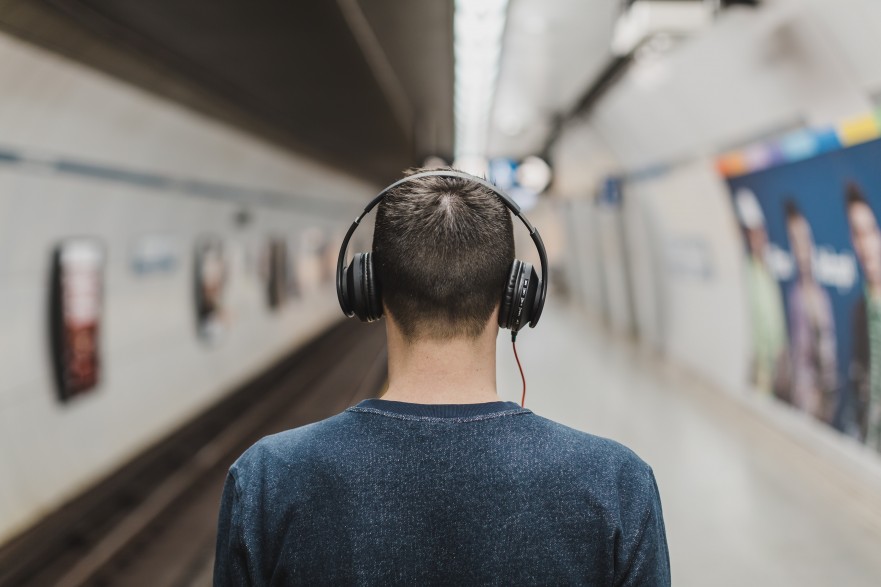Lately I have been considering the term “learning platform.” If you are a teacher, you have likely been expected to utilize multiple learning platforms over the past decade. If you have been avoiding digital learning platforms, then you certainly have been forced onto them in the past year of pandemic teaching.
Some digital learning platforms allow for great teacher creativity and agency, depending on how districts utilize them (think: Canvas); others include pre-made curriculum, but strive to incorporate effective teaching practices and teacher decision-making (think: Summit Learning); and still others are basically pre-packaged curriculum with very little room for teachers to creatively differentiate for student needs, or to create experiential learning or inquiry-based activities (think: Gradpoint or other credit recovery programs, Florida Virtual, many reading intervention programs such as Lexia.) They all have their appropriate uses within a learning community.
A platform can be defined as a “raised level surface on which people can stand” (Oxford Languages via Google). At first glance, that metaphor seems to describe these learning tools: A place where students can stand and encounter the learning, or a place to stack content or assessments, like palleted goods on a loading dock.
The risk we take using the metaphor of a learning platform is this: When I think of the image of a platform, I think of a train station or a subway stop. People standing on a level surface, waiting to board the train, or stepping out of the train. So in this metaphor, I suppose the learning is the train which stops briefly, breathes open its doors, and allows learners to enter and take a ride. Hopefully they can find a seat or maintain their balance as they are swooshed to their destinations. Very efficient, as long as you mind the gap.
I worry that from the student side of things in a remote learning environment, school on these platforms could feel like catching a series of trains throughout the day (at least in secondary school), whisked from one destination to another, sometimes emerging from underground unsure which way is north, sometimes holding a baby or the hand of a toddler (quite literally). This can easily happen even using the digital platforms that allow for great teacher creativity and collaboration. Many students are managing to get aboard and stay on schedule, others miss the train, and some fall through the gap. And remote teachers can feel helpless to know the how and why that these things are happening, and they are often unsure whether or how to slow down that train, or even pull the emergency brake.
This is why teachers must trust their foundations versus relying on their platforms. As a metaphor, a foundation is not a place where people stand and wait, it is a place where building starts; a foundation supports a structure as it takes shape. Remember those foundational values and practices that guide you as a teacher: Getting to know your students, being committed to them as people and learners, working within your own learning communities to identify what works, relying on your deep knowledge of the content you teach and how it connects to the humans in your classroom, setting goals based on what you know about your students and what they need most urgently right now, reflecting on student needs and what you can realistically and sustainably do to meet those needs while taking care of yourself. Build that learning together.
That was an easy paragraph to write. We know these things. And yet the pandemic working conditions of a teacher trying to manage the learning of 150-plus students scattered far and wide, or even the 30 students sitting facing forward in their classroom (as far apart as possible) often seem to discourage teaching from our foundations— rather our working conditions encourage us to create platforms and allow (or urge) students to get on the train. And for those who don’t, we have a limited range of options.
I would argue that, aside from health and safety issues, the push and pull between metaphorical platforms and foundations is the grand dilemma that is currently tearing teachers apart, creating exhaustion and perceived helplessness. It has put a high-contrast filter onto the inequities underlying our society and educational system without offering immediate solutions, for although the “platform” metaphor can still hold true even in regular old normal in-person classrooms, it’s easier to create the kind of well-managed environment and student relationships that help fewer fall completely through the gap, and at least allow you to wave to students who missed the train and reassure them that you’ll be back to pick them up soon, whether or not we always find a way to do that. We try and they see us trying, and we see them trying.
It’s important to remember, as we begin to be vaccinated and see that cliched and yet blessedly welcome light at the end of the tunnel, that these inequities and challenges in our teaching aren’t going away. I would argue that the digital platforms and options for remote learning will not be going away either. So we must continue to look to our foundations as new problems and policy solutions present themselves. What do we know about good teaching, and how can we use that to support students who have been left on the platform for the past year, or who haven’t even made it that far?
I would argue that a good place to start is the National Board for Professional Teaching Standards publication “What Teachers Should Know and Be Able to Do” and think about the supports that we will need to do those things effectively.
What are the foundational principles, policies and practices you would rely on as we heal ourselves and our communities and move forward?
Image Credit: Burst via Pexels










Comments 2
Yep, metaphors abound. Sadly, on so many days with almost every camera off, the students seem to have fallen asleep waiting for their ride.
Author
I see what you did there.
I am working on my maintenance of certificate for National Board, and despite our best efforts I am not even sure that my video will meet the technical specifications since so few students can be seen or heard. I may be re-submitting next year!
I may be re-submitting next year!